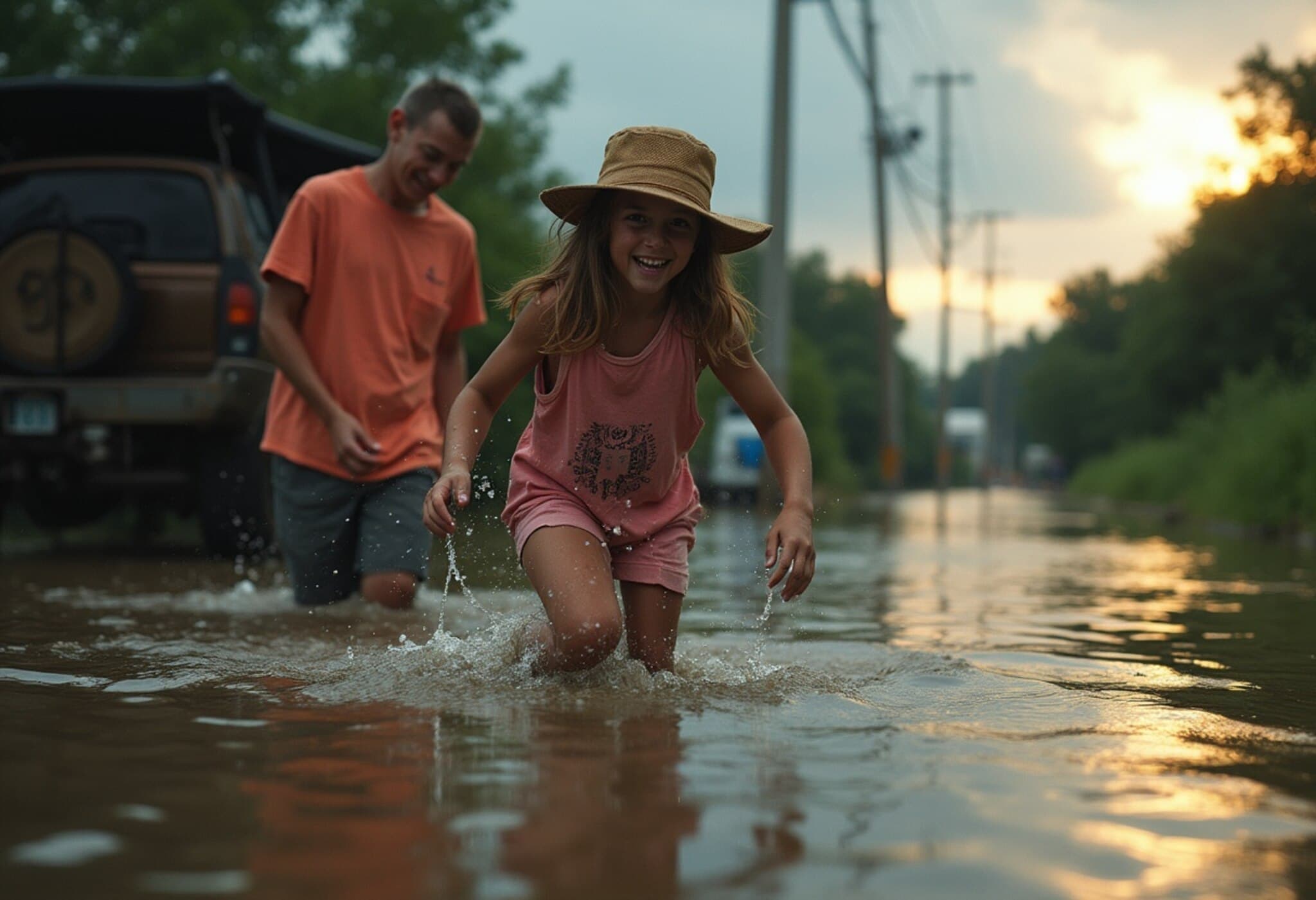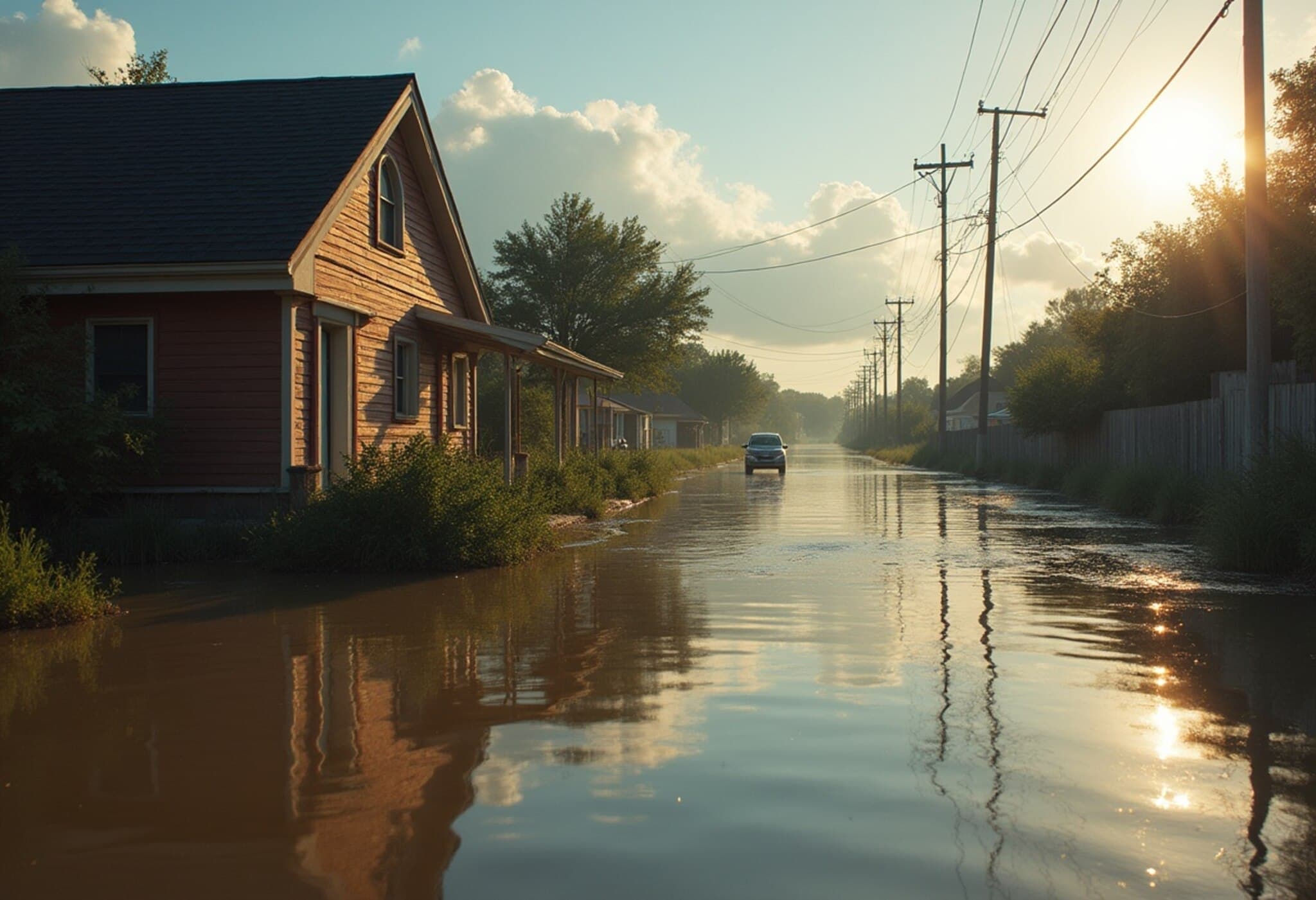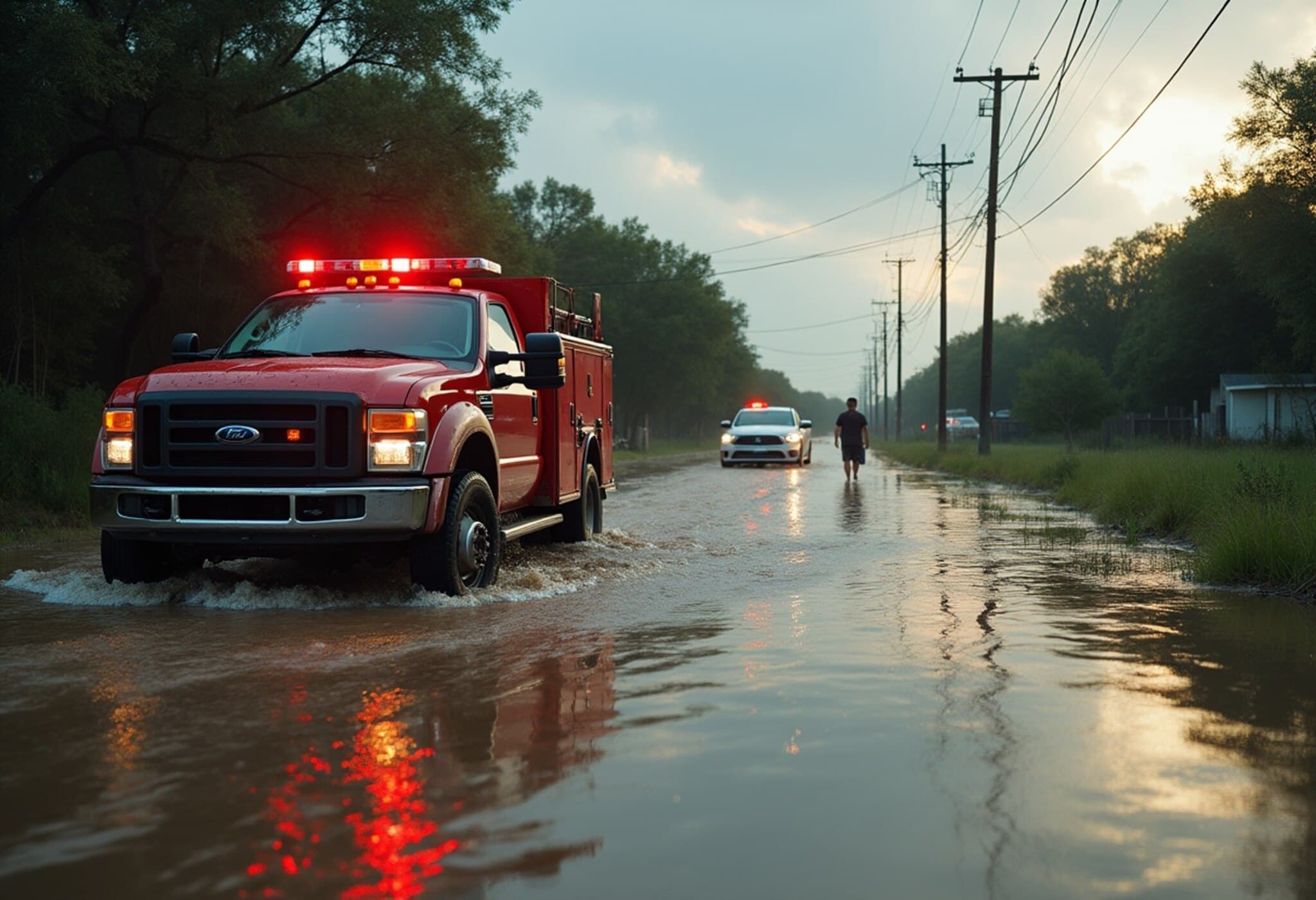Texas Grapples with Deadly Flash Floods Amid Questions on Federal Weather Service Cuts
As Central Texas reels from catastrophic flash flooding during the Independence Day weekend, clouds of uncertainty loom over federal resource reductions that may have intensified the disaster's impact. Since July 4, relentless downpours have caused the Guadalupe River to swell into a deadly torrent, claiming at least 104 lives and leaving around 41 people unaccounted for. The tragedy struck hardest at Camp Mystic, an old Christian girls’ summer camp where 27 campers and counselors lost their lives.
President Trump’s Response: Avoiding the Blame Game
President Donald Trump, departing his Bedminster golf course on Sunday, described the calamity as a "hundred-year catastrophe" and urged caution against political finger-pointing. In a departure from his prior rhetoric blaming Democrats for wildfires in California, Trump chose to sidestep assigning direct fault for the Texas floods. Instead, he remarked, "This is a hundred-year catastrophe, and it’s just so horrible to watch." When pressed about whether cuts to the National Weather Service and reductions in federal staffing worsened preparedness, Trump suggested the situation was a legacy issue linked to the previous administration but stopped short of blame.
“What a situation that all is. That was really the Biden setup. That was not our setup. But I wouldn’t blame Biden for it either.” — Reported by New York Times
Cutbacks at the National Weather Service: A Hidden Risk?
Critics and emergency management officials have expressed growing concern that the push to streamline federal agencies and cut staffing at the National Weather Service may have undermined critical forecasting and response capacity in Texas.
At local National Weather Service offices, key positions remained vacant despite the growing risks of extreme weather events. These gaps potentially limited the ability to provide timely warnings and coordinate with state responders during this historic flood event, complicating rescue operations amid rapidly rising waters.
On-the-Ground Rescue Efforts Persist
Emergency teams, including the Texas Department of Public Safety and multiple partner agencies, continue an arduous search and debris clearance mission in Kerr County and surrounding areas. Their efforts aim to find survivors and recover victims while navigating the widespread destruction across bridges and residential areas.
- Debris Removal: Crews are diligently clearing critical infrastructure like the Cade Loop bridge along the Guadalupe River to restore vital access routes.
- Multi-Agency Coordination: State and local authorities are working in tandem to provide aid and rebuild affected communities.
- Community Support: Authorities have pledged to make conditions as comfortable as possible for families and survivors as investigations and recovery efforts unfold.
Broader Context: Weather Disasters and Political Accountability
This tragedy brings to the forefront broader discussions surrounding political responsibility in managing natural disaster preparedness and federal resource allocation. Experts note a delicate balance between cutting bureaucracy and ensuring sufficient expertise and staffing in agencies entrusted with public safety.
From an American policy perspective, the Texas floods underscore how staffing decisions at federal agencies like the National Weather Service hold tangible consequences for vulnerable communities. With climate change increasing frequency of extreme weather, sustaining robust, well-funded forecasting infrastructure is critical.
Editor’s Note
This devastating flash flood not only tests Texas’ emergency response but also poses a critical question for policy makers nationwide: how can governments reconcile fiscal austerity with the imperative of safeguarding lives through adequate investment in weather forecasting and disaster preparedness? As the community mourns losses and rebuilds, the unfolding story demands sustained scrutiny of federal and state roles in protecting citizens amid increasingly volatile climate patterns.



















